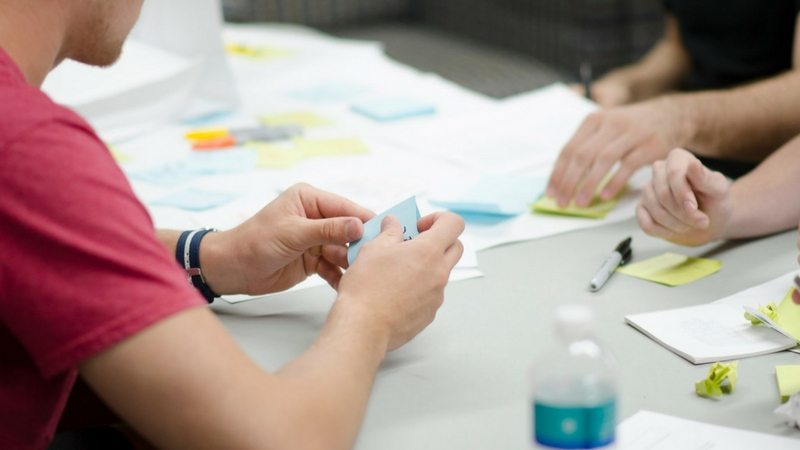Refining the Product
Episode #8 of the course Product development 101 by Jeff Brunski
Today, we’ll talk about finishing your product so it can be successfully launched.
Even though prototyping is a lot of fun, at some point, you have to finalize your product and prepare it for market launch. This means making any final decisions, buttoning everything up, and hoping that you didn’t make some stupid mistake that’s going to sink the entire product, destroy everything you love, and leave you penniless and ruined, living in a van down by the river.
Here’s how you can best avoid that fate!
Trade-Offs and Decisions
Finishing a product is much like finishing any project—eventually, you have to make every decision. And like most other decisions in life, product decisions almost always involve trade-offs.
While it seems like there must be endless things to decide, most product decisions involve trade-offs within a limited number of dimensions. These include:
• Product performance, or scope—how will your product perform or deliver value, and which features will you include or exclude?
• Schedule—how fast can you go, and how soon can you get to market?
• Quality—what is acceptable quality, and how much risk are you willing to stomach versus the money it costs to reduce risk?
• Cost—how much will your product cost to develop and produce?
What’s challenging about making trade-offs is that you are often comparing apples to oranges. How do you weigh cost against time, or performance against quality? It’s a difficult proposition. The best product developers will often try to convert these different things into the same units: profit. For example, you should be able to estimate how much a one-month delay will cost you in profit, and then use that value to make smarter development decisions.
Quality Assurance
Depending on what product you’re building, there are likely going to be a few quality challenges. Consider making millions of smartphones or introducing a new service in all your retail stores nationwide—something is bound to go wrong.
Quality assurance describes a product developer’s efforts to anticipate and reduce quality problems before launch (contrast that with quality control, which are actions taken after launch).
The best tool for quality assurance is a “pre-mortem.” This is when the product team gets together before the product is completed, imagines that the product has launched and failed, and then discusses how and why it may have happened. This can be a scary conversation to have, but hypothetical failures are better than real ones, so anticipating the worst is a better strategy than just hoping for the best!
Final Testing
Typically, a product is tested in a robust manner before being launched into the market. There are two common tests performed: an alpha test and a beta test.
Alpha Testing is the pre-launch testing of a product that is focused on debugging and preparing the product to be functional enough for a beta test.
An alpha test is often a “friends and family” test and is focused on improving product quality more than anything else.
Beta Testing is the pre-launch testing of a product with a group of people meant to represent typical users, done in order to confirm and validate a product being ready for launch.
Beta testing is much more of a “real world” type test as compared to alpha testing. Many people call a beta test a “field test,” “customer validation test,” or “customer acceptance test.” In a beta test, you have actual users (not just your friends) putting your product through its paces. It allows you to do that final learning cycle before actually showing the product to the whole market.
With all decisions made and testing complete, the product is ready for launch. That’s our next topic. Until tomorrow!
Recommended book
Developing Products in Half the Time by Don Reinertsen
Share with friends

